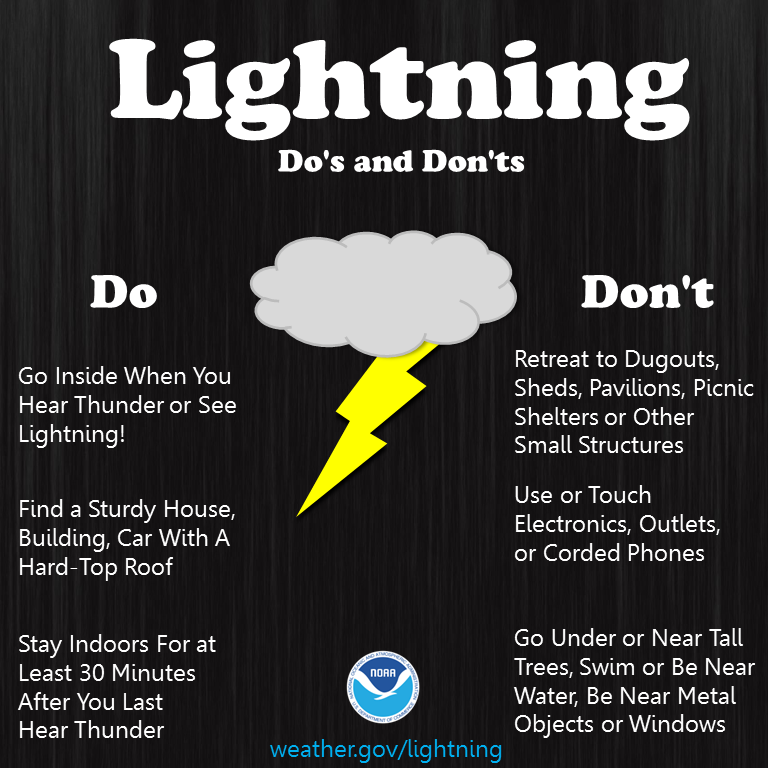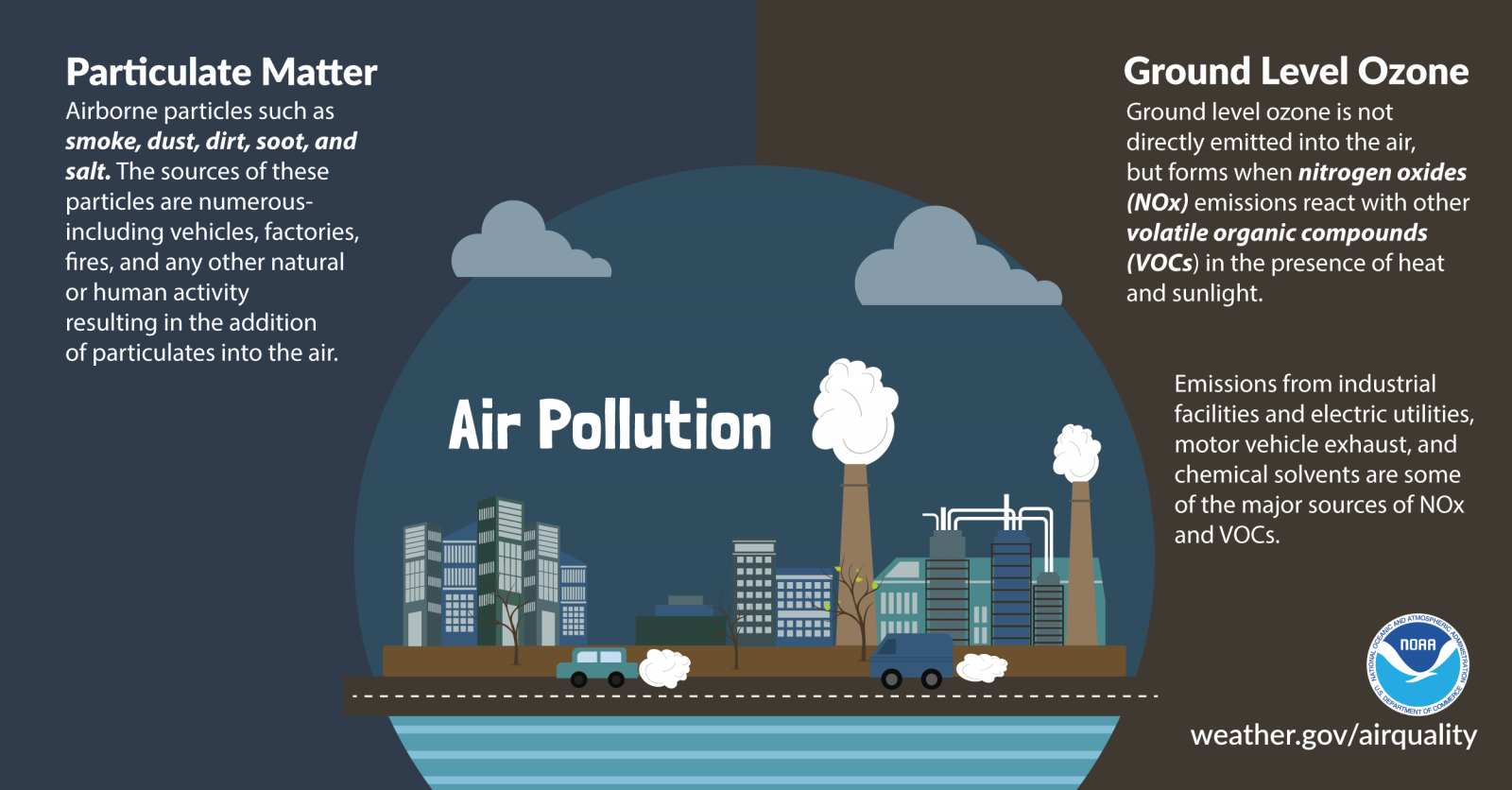Please help the NWS spread these important safety messages on social media! Everyone is welcome to use the text and images provided below to help the NWS build a #WeatherReady Nation. #WeatherReady Wednesday is a National Weather Service initiative to help spread weather safety messages each week. Each week you can pick a different topic to share. It can be based on the current weather or you can share one about weather that you don’t see in your area too often but others might if they are traveling.
Facebook
It’s #WeatherReady Wednesday! We apologize in advance for this jingle getting stuck in your head, but we’d do anything to help you remember to Turn Around, Don’t Drown. youtu.be/5JUsYrjg6xU #TurnAroundDontDrown
Twitter
It’s #WeatherReady Wednesday! We apologize in advance for this jingle getting stuck in your head, but we’d do anything to help you remember to Turn Around, Don’t Drown. youtu.be/5JUsYrjg6xU #TurnAroundDontDrown
Facebook
This #WeatherReady Wednesday, don’t underestimate the power of water. It only takes 6 inches of fast-moving water to knock over and carry away an adult, and 12 inches to carry away a small car. Turn Around Don’t Drown! weather.gov/safety/flood-turn-around-dont-drown #FloodSafety #SummerSafety
Twitter
This #WeatherReady Wednesday, don’t underestimate the power of water. It only takes 6 inches of fast-moving water to knock over and carry away an adult, and 12 inches to carry away a small car. Turn Around Don’t Drown! weather.gov/safety/flood-turn-around-dont-drown #FloodSafety #SummerSafety

Facebook
This #WeatherReady Wednesday, remembers the basics of #HeatSafety! Limit outdoor activities. Drink plenty of water and avoid alcohol. Wear light-colored clothing and sunscreen. Work outdoors early or very late in the day. weather.gov/heatsafety #HeatSafety #KeepYourCool
Twitter
This #WeatherReady Wednesday, remembers the basics of #HeatSafety for working or playing outdoors! Learn more at weather.gov/heatsafety #HeatSafety #KeepYourCool

Facebook
This #WeatherReady Wednesday, learn the symptoms of excessive heat exposure. During hot and humid weather, your body's ability to cool itself is challenged. When your body heats too rapidly to cool itself properly, or when too much fluid or salt is lost through dehydration or sweating, you may experience a heat-related illness. weather.gov/safety/heat-illness #HeatSafety
Twitter
This #WeatherReady Wednesday, learn the symptoms of excessive heat exposure. and the appropriate responses.
weather.gov/safety/heat-illness #HeatSafety

Facebook
It’s #WeatherReady Wednesday! Whether you’re spending the day at the beach or an afternoon at the pool, at the first sign of a storm, you should gather your things and seek shelter. By the time you hear thunder or see lightning, you’re already in danger. When Thunder Roars, Go Indoors! weather.gov/safety/lightning #LightningSafety #SummerSafety
Twitter
It’s #WeatherReady Wednesday! By the time you hear thunder or see lightning, you’re already in danger. weather.gov/safety/lightning #LightningSafety

Facebook
It’s #WeatherReady Wednesday! Learn the Do's and Don'ts when it comes to lightning. weather.gov/safety/lightning #LightningSafety
Twitter
It’s #WeatherReady Wednesday! Learn the Do's and Don'ts when it comes to lightning. weather.gov/safety/lightning #LightningSafety

Facebook
This #WeatherReady Wednesday, learn how to survive a rip current: Stay calm and relax. Rip currents don't pull you under. Don't swim against the current. You may be able to escape by swimming out of the current in a direction following the shoreline, or toward breaking waves, then at an angle toward the beach. If you feel you will be unable to reach shore, draw attention to yourself. Call and wave for assistance. weather.gov/safety/ripcurrent #SummerSafety #BeachSafety
Twitter
This #WeatherReady Wednesday, learn how to survive a rip current. weather.gov/safety/ripcurrent #SummerSafety #BeachSafety

Facebook
This #WeatherReady Wednesday, remember that the difference in the air temperature and water temperature can be drastic and deceptive. Be aware of your surroundings, and always wear a life jacket. #WearIt weather.gov/safety/coldwater #SummerSafety
Twitter
This #WeatherReady Wednesday, remember that the difference in the air temperature and water temperature can be drastic and deceptive. Be aware of your surroundings, and always wear a life jacket. #WearIt weather.gov/safety/coldwater #SummerSafety

Facebook
This #WeatherReady Wednesday, prepare a disaster supply kit. It is extremely important to have a disaster supply kit ready before severe weather strikes. Pack food and water, a battery powered radio, flashlights and batteries, a cell phone with a spare battery pack (or a portable charger/power bank), a first aid kit, a pair of shoes/socks, a list of emergency contacts, and a whistle (to signal for help). ready.gov/build-a-kit #SummerSafety
Twitter
This #WeatherReady Wednesday, prepare a disaster supply kit. ready.gov/build-a-kit #SummerSafety

Facebook
It’s #WeatherReady Wednesday! Did you know that a 3-inch hailstone can fall to the ground as fast as 107 mph? The largest hailstone on record in the US measured 7.9 inches in diameter! Find shelter, stay indoors, and stay away from windows. weather.gov/safety/thunderstorm #SummerSafety
Twitter
It’s #WeatherReady Wednesday! Did you know that a 3-inch hailstone can fall to the ground as fast as 107 mph? weather.gov/safety/thunderstorm #SummerSafety

Facebook
It’s #WeatherReady Wednesday! Spending time outdoors? Be on the lookout for thunderstorms! Keep up with the latest @NWS forecast before you head out, and know how you will receive a thunderstorm warning if one is issued. Identify where the nearest shelter is located, and if the skies turn threatening, seek shelter immediately. weather.gov/safety/thunderstorm #SummerSafety
Twitter
It’s #WeatherReady Wednesday! Spending time outdoors? Keep a look out for thunderstorms! weather.gov/safety/thunderstorm #SummerSafety

Facebook
It’s #WeatherReady Wednesday! Tornadoes can occur at any time of day or night. The nighttime hours are particularly dangerous because most people are sleeping. Wireless Emergency Alerts on your cell phone can let you know if you’re in the path of a tornado. Find out more at ready.gov/alerts #SummerSafety
Twitter
It’s #WeatherReady Wednesday! Keep Wireless Emergency Alerts on your cell phone can save your life. ready.gov/alerts #SummerSafety

Facebook
It’s #WeatherReady Wednesday! If your area is under a tornado warning, what should you do? You may only have a few minutes to get to safety. Learn what to do with this short video. #SummerSafety
youtu.be/_5TiTfuvotc
Twitter
It’s #WeatherReady Wednesday! What should you do during a tornado warning? youtu.be/_5TiTfuvotc #SummerSafety
Facebook
It’s #WeatherReady Wednesday! Do you know what to do if an air quality alert is issued? Stay inside, stay informed, minimize your use of vehicles and other gas-powered machines, and do not burn debris or other items. Visit weather.gov/safety/airquality for more #AirQuality safety tips. #SummerSafety
Twitter
It’s #WeatherReady Wednesday! Do you know what to do if an air quality alert is issued? Stay inside, stay informed, minimize your use of vehicles and other gas-powered machines, and do not burn debris or other items. Visit weather.gov/safety/airquality for more #AirQuality safety tips. #SummerSafety

Facebook
It’s #WeatherReady Wednesday! What is air pollution? The two primary culprits are: 1) Airborne particles such as smoke, dust, dirt, and soot, also called particulate matter. 2) Ground level ozone, which is formed when nitrogen oxides emissions react with other volatile organic compounds in the presence of heat and sunlight. To learn #AirQuality safety tips, visit weather.gov/safety/airquality #SummerSafety
Twitter
This #WeatherReady Wednesday, learn what air pollution is. The two primary culprits are particulate matter and ground level ozone. Check out the graphic below, and visit weather.gov/safety/airquality for #AirQuality safety tips. #SummerSafety
